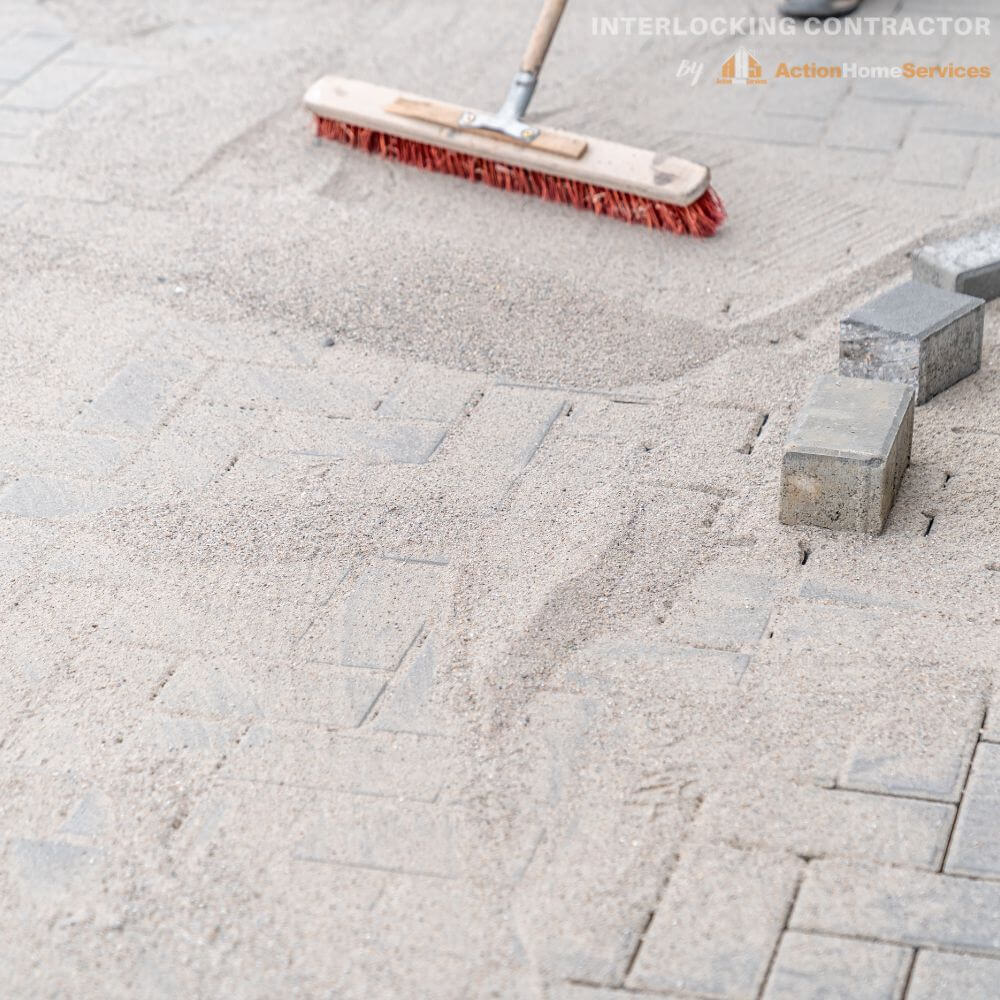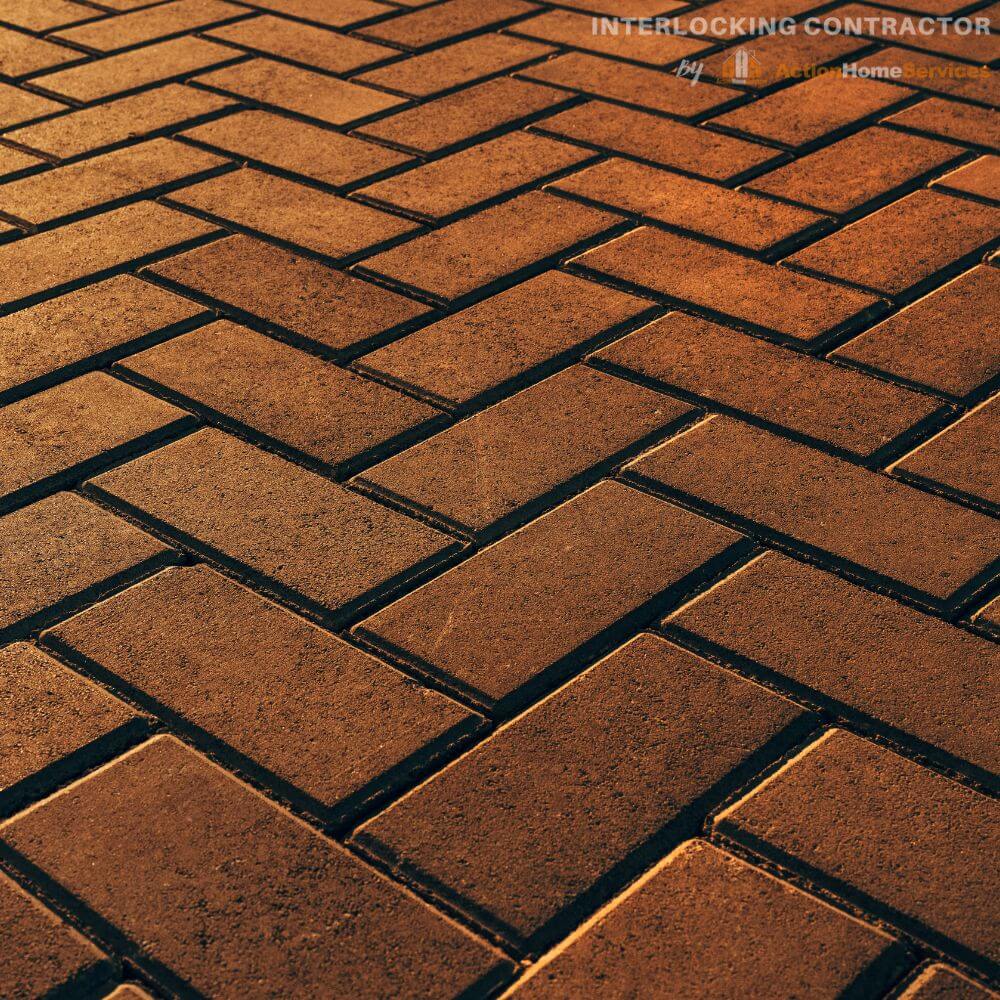Compaction
The process of compaction following interlocking paver installation is essential for establishing a sturdy and durable surface.
The process of compaction following interlocking paver installation is essential for establishing a sturdy and durable surface.







Interlocking Contractor prioritizes the stability and longevity of your paved surfaces. After meticulous interlocking paver installation, our next crucial step is compaction. Using a plate compactor, we systematically press down on the entire area, ensuring each paver settles firmly into place. This compaction process is essential for eliminating air gaps and achieving optimal interlock, preventing shifting and settling over time. With precision and expertise, Interlocking Contractor guarantees a solid foundation for your outdoor spaces.
At Interlocking Contractor, we prioritize precision in compaction to maintain pavement integrity. Our skilled technicians meticulously assess the area, identifying any uneven spots. With expert maneuvering of the plate compactor, we ensure uniform pressure across the surface, maximizing stability and durability. Trust us to deliver lasting results, backed by experience and dedication to excellence. Your satisfaction and the longevity of your paved surfaces are our top priorities.
After the initial compaction, Interlocking Contractor conducts a thorough assessment to determine if additional sand is needed. In this crucial step, we meticulously inspect the surface, identifying any areas that may require additional leveling. With precision and attention to detail, we add more sand as necessary, ensuring a seamless finish across your paved area. This meticulous approach guarantees a uniform surface, free from imperfections, enhancing both the aesthetic appeal and structural integrity of your outdoor space.
Interlocking Contractor is committed to delivering results that stand the test of time. Following the addition of sand, we repeat the compaction process to reinforce the strength of your pavement. This iterative approach ensures that each paver is firmly secured in place, minimizing the risk of future settling or displacement. With Interlocking Contractor, you can rest assured that your paved surfaces are built to withstand the elements and everyday use, providing lasting beauty and functionality for years to come. Trust us to transform your outdoor space into a masterpiece of enduring quality and craftsmanship.

Compaction is crucial because it helps eliminate air gaps and ensures that each paver settles firmly into place. This promotes optimal interlock and minimizes the risk of shifting or settling over time.
The primary equipment used for compaction is a plate compactor, which systematically presses down on the entire area to achieve uniform pressure and stability.
The duration of the compaction process can vary depending on the size of the area and other factors. However, typically, it takes a few passes with the plate compactor to adequately compact the entire surface.
Yes, if necessary, additional sand may be added during the compaction process to fill in any gaps and ensure a level surface.
While compaction helps reduce the likelihood of weed growth by minimizing gaps between pavers, additional measures such as applying a weed barrier may be necessary for long-term prevention.
Compaction is ideally performed in dry weather conditions to achieve optimal results. Rainy weather can affect the effectiveness of compaction and may require postponing the process.